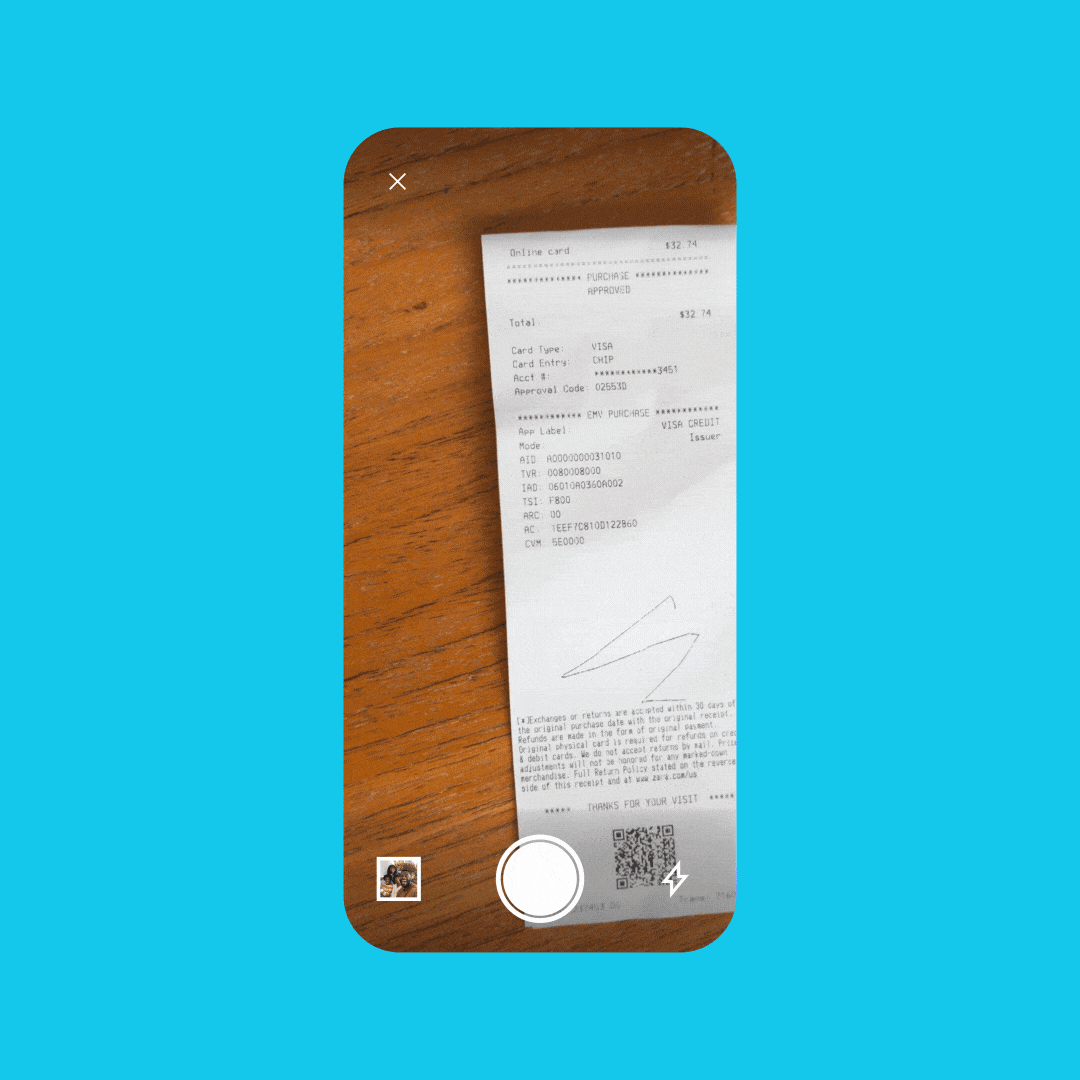The PDF (Portable Document Format) was created by John Warnock and Charles Geschke, the co-founders of Adobe. The format was designed to be universal—so a Mac user can share a document with a Windows PC user (or vice versa) and the file will look the same on both devices.
Over time, all sorts of features have been incorporated into the format. Password protection, eSignatures, media embeds, interactive form fields, and more have made PDF the cornerstone of many workflows, projects, and businesses.
Today, PDFs are so common that almost every piece of content on the web that isn’t text, HTML, or video-based is safely locked within a PDF. From job applications and resumés to white papers and eBooks, the PDF is a versatile file format that you can use for anything.
Despite this, the PDF is not without its problems. With all the new features and functionality being added to the format, sometimes you may be unable to edit a PDF, or even access it.

Common reasons why you can’t edit a PDF file
It’s easy to create and share a PDF file, but occasionally you can run into problems when trying to edit a PDF you’ve received from someone else. This can be particularly frustrating when editing the document is time sensitive, such as an urgent contract that needs signing.
There are a number of reasons why PDFs can sometimes be difficult to edit. Let’s look at some of the most common issues.
- Missing administrative rights: Someone else created the PDF and they didn’t enable editing capabilities for other users.
- File is protected: The PDF document is encrypted with password protection.
- PDF reader doesn’t allow it: You may be using a PDF reader that only allows you to preview files, not edit them.
- PDF created with the wrong program: The PDF was created using an outdated or ineffective program that makes editing the file difficult.
- PDF editor is hard to use: The editing software you are using is too complicated.
What to do if…your PDF file is missing administrative rights
PDF files created in Adobe have permission settings. These are set by the file admins, roles assigned by the original creator of the file.
The permission settings are “read-only”, “edit”, and “password-protected”. If you can only preview a PDF, it may be that you can’t edit the file because the permission level is set to “read-only” or “view-only”.
One way around this may be to export your PDF from Adobe Acrobat to another app like Microsoft Word, then resaving the file as a PDF in the Save As function. However, this isn’t recommended for documents that contain sensitive or confidential information.
Alternatively, a PDF reader that offers an editing function may be more effective. The Adobe Acrobat Reader app for mobile and desktop will enable you to sign and annotate PDFs. But to access more editing capabilities, you may need to upgrade to a paid subscription on Acrobat Reader Pro.
What to do if…your PDF file is protected
If you created the PDF or have admin permissions and no longer need password protection, you can easily remove this security function. In Adobe Acrobat, all you have to do is go to Tools > Protect > Encrypt > Remove Security. Type the password in the box, then click OK.
If you don’t have admin permissions and you can’t edit a PDF in preview mode, then removing security protection is more difficult.
This can be frustrating if all you want to do is edit text or reorder the pages in your PDF—but you can’t even get into the file in the first place.
To unlock a PDF for editing in Adobe Acrobat, you need to be the file owner and/or have the password. There’s no way to recover a forgotten password in Acrobat.
If you’re the PDF owner and have forgotten the password, Adobe suggests the following workaround:
1. Open the PDF file in Adobe Acrobat DC.
2. Go to File > Print.
3. Choose Adobe PDF as the printer in the dialog box, then select Print.
4. Give your file a name, then select Save.
- This will create a PDF that will open in Acrobat DC.
You won’t actually be “printing” a physical copy of the PDF, rather creating a new version of the document without the password protection.
Note: This method will remove interactive elements such as hyperlinks, bookmarks, and buttons from the new version.
What to do if…your PDF editor is hard to use
There are two simple solutions to this—either seek out support from the editing service provider, or choose a different PDF editor!
PDF editors like Adobe Acrobat DC are programs that allow you to edit and manipulate PDFs by adding or deleting text, changing the layout and formatting of the document, and more.
Dropbox makes it easy to upload, edit, and share PDFs in one place—no third-party software or technical wizardry required.
Without installing new apps, you can quickly and safely edit PDFs directly from your cloud storage. And whether you’re working on Word or PowerPoint, Dropbox makes it easy to convert different file types to PDF in seconds.
Can’t edit a PDF after signing it? You’re not the only one
Being unable to edit a signed PDF is another common problem. This usually happens because once you sign a PDF with an eSignature tool like Dropbox Sign, the file becomes read-only for other users.
If you requested an eSignature from someone in a PDF form (such as a contract or statement of work) and have received the file back, you may not be able to edit it once it’s been signed. The signer may choose to manually lock the PDF after signing it, making it read-only for everyone.
To edit the PDF, you’ll need to go back to the unsigned version. Make your revisions to this version of the file, then send it back over to be signed again.
This way, everyone involved in the document knows that what has been signed has been agreed upon by all parties, with no late additions or changes that might be missed.
Why can't I edit a PDF with Adobe Acrobat?
Not only is Adobe Acrobat arguably the most common software used to view and edit PDFs—the co-founders of Adobe actually developed the format in the 1990s.
However, sometimes you may find that you’re unable to edit a PDF using Acrobat. Because Adobe is the prevailing software for creating and editing PDFs, many of the issues—such as being locked out of a password-protected file—can only really be solved in Adobe tools like Acrobat.
If you’re trying to edit a PDF stored on your desktop with Acrobat DC, you may be unable to edit a PDF because:
- The software is out of date
- Acrobat is not the default PDF owner on your computer
- In this case, you may be opening your files in Adobe Reader DC and not Acrobat DC.
- To change this, right-click the thumbnail of a PDF file then go to Properties and Change next to “Opens with”. Select Adobe Acrobat DC from the list, then click OK, and OK again when you’re taken back to the dialog box.
Are you able to edit a PDF file in your Dropbox account?
Yes, you can edit PDF files on different devices with Dropbox!
When previewing a file in your Dropbox account on dropbox.com, you can:
- Add, edit, delete, or highlight text
- Draw freehand notes and annotations
- Drag and drop form fields
- Add your signature, or send your PDF with a request for someone else’s signature
- Alter the layout of your PDF by adding, deleting, reordering, or rotating pages
You can either save your edited PDF as a new file in your account, or replace the original version with the edited one.

As a Dropbox user, you can use your mobile device to scan physical documents and save them to your Dropbox account as PDFs. Images saved to your Dropbox account can also be converted to PDF scans using the Dropbox mobile app.
Need to edit a PDF on the go? The mobile app allows you to edit PDFs from your iPhone or Android. Add text or a signature to your PDF and changes will save to your Dropbox account.

If you’re still having trouble editing PDFs, you can reach out to members of the Dropbox Community. You may find other users who have experienced the same problem as you and have found an effective solution.
Scan documents as PDFs and edit them seamlessly with Dropbox
From documents that need signing to collaborative video projects, Dropbox is a space for all your content.
Your Dropbox account isn’t just cloud storage for your files and folders. It’s also a dedicated space to organize, edit, share, and collaborate anytime—and anywhere—you want.
Scan documents using the Dropbox app for iOS and Android and save them to your Dropbox account as PDFs. Access your PDF files from your desktop and start editing them straight away on dropbox.com. It’s time to unlock the next level of your productivity.


